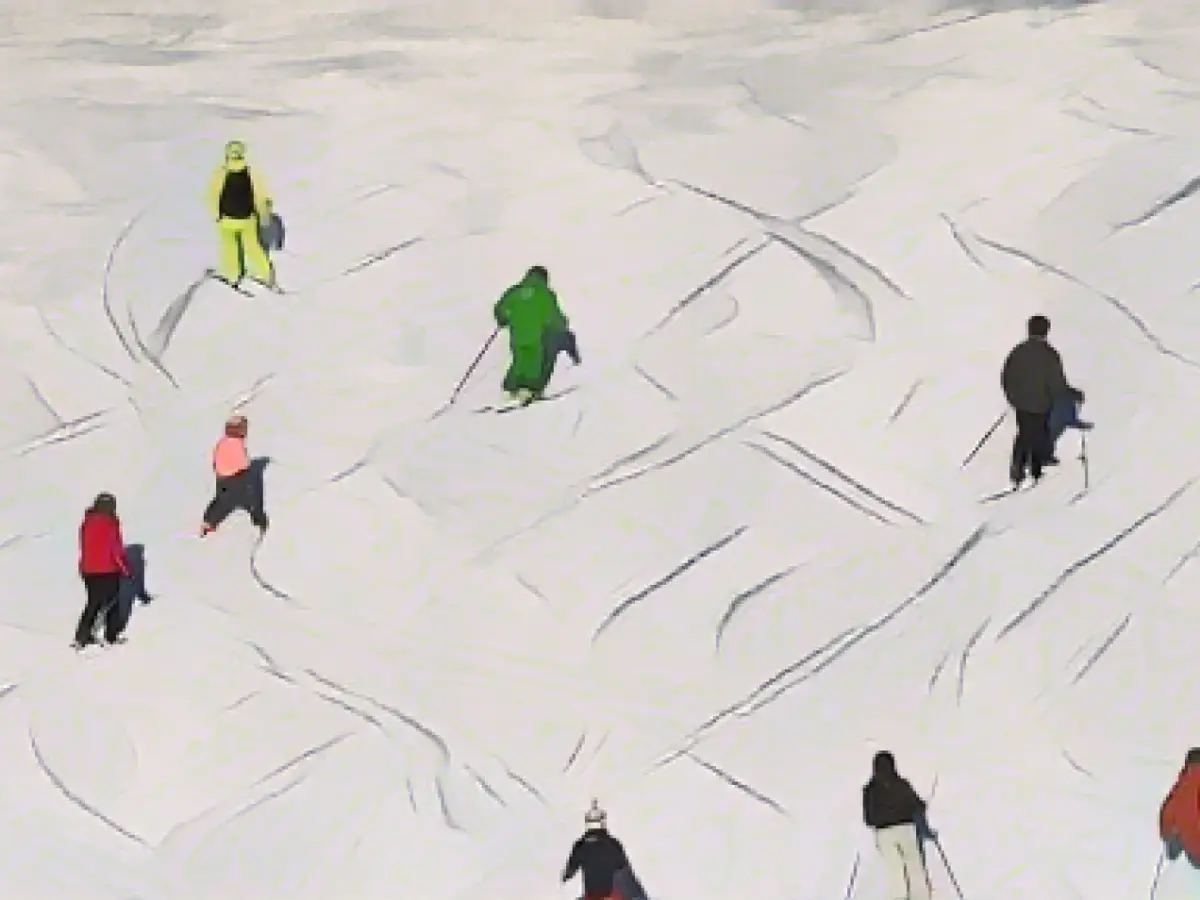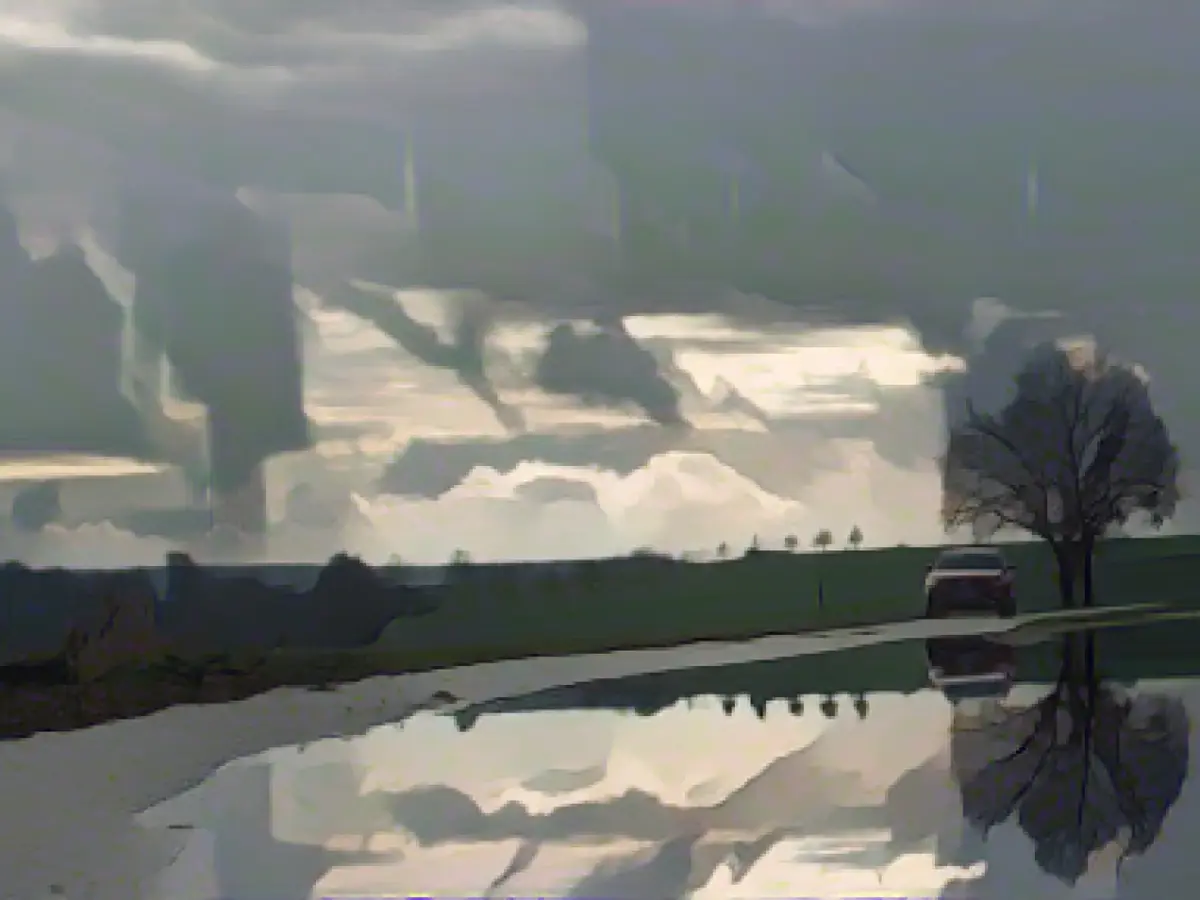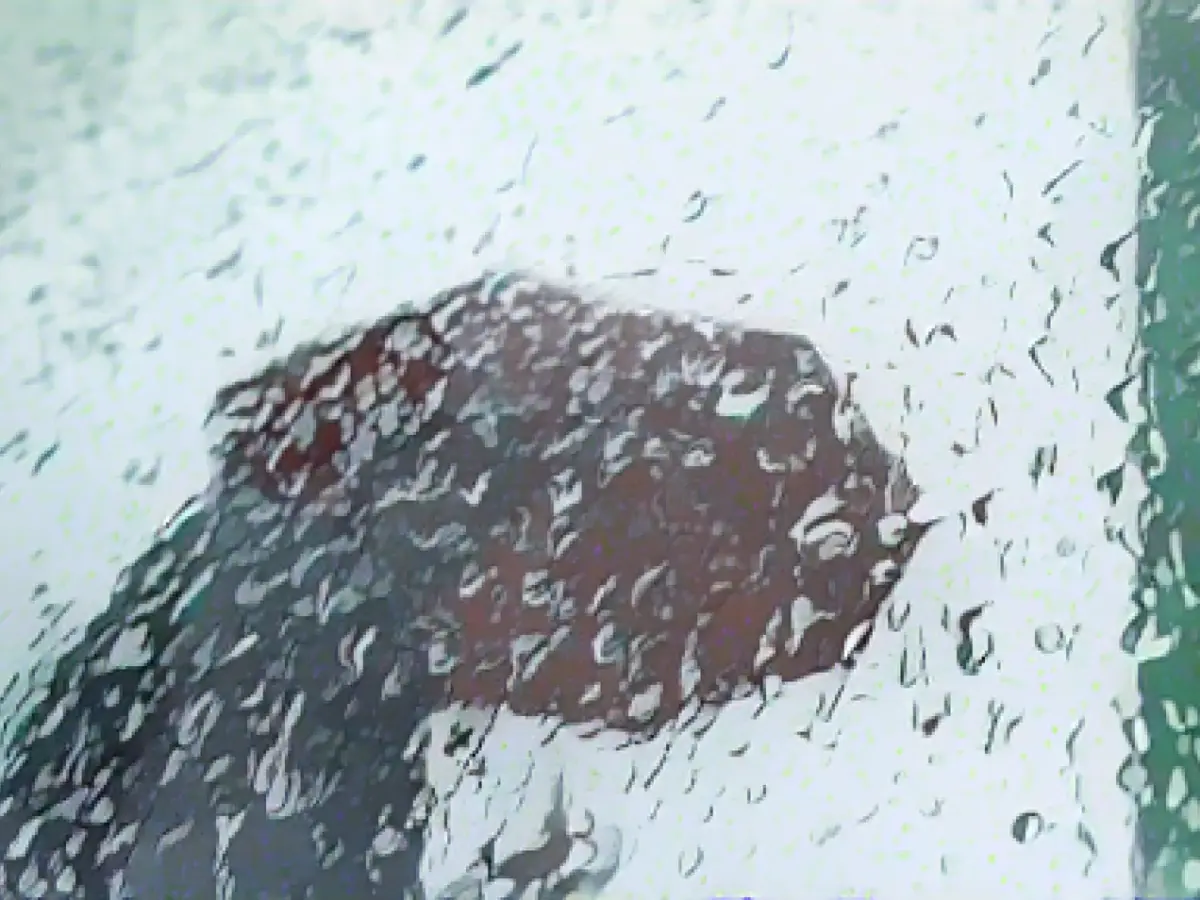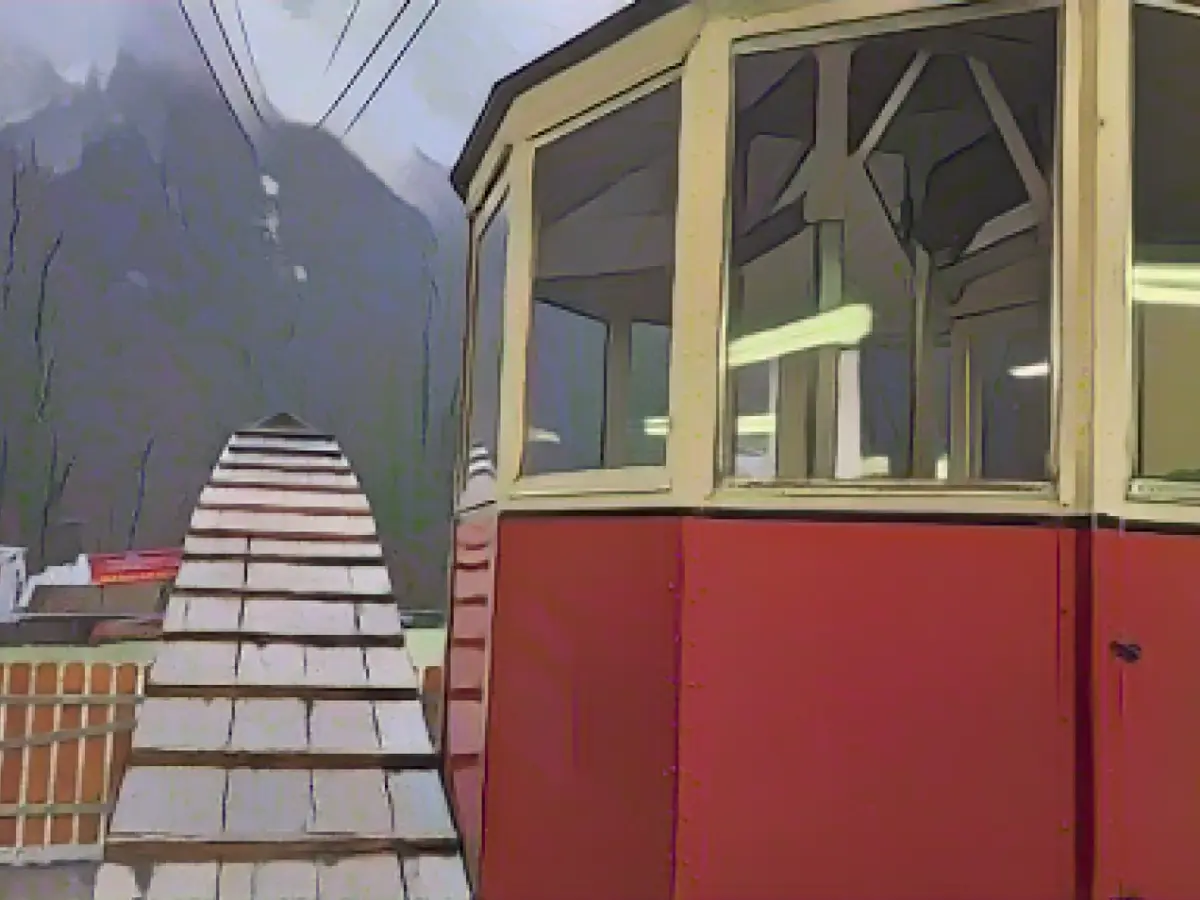Winter tourism thrives in defiance of climate change uncertainty
Winter sports enthusiasts need not fret about the end of their beloved vacations just yet. Despite forecasts of an ecological transition, the bulk of Alpine ski resorts will persist due to the aid of snow cannons, and other winter activities are on the rise. This optimistic outlook is in line with the findings of both scientific studies and the vacation industry.
As Jürgen Schmude, a tourism researcher based in Munich, highlights, lamentations of vanishing winter tourism are unfounded - winter sports will become less imperative, but winter tourism itself won't phase out.
The 2022/23 winter season was a bracing display of climate change's impact on ski resorts, with the Bavarian resort in Lenggries temporarily halting operations in January due to a snow deficit. However, the prevailing atmosphere of economic instability and fear of snow scarcity doesn't seem to deter vacationers.
Schmude expects a process of spatial reconfiguration in larger, elevated resort areas, as lower-lying ski resorts may grapple with accessibility issues.
In August, an international team of scientists published a notable study on the worsening predicament of ski resorts as a result of climate change, including snow shortage, water supply, and energy consumption concerns, and not only in Alpine regions.
The advisory from Judith Köberl of Joanneum Graz - one of the researchers - points out that in Austria, 3% of the 294 ski resorts in the study have a high risk of snow shortage at 2 degrees Celsius.
For the Alps in its entirety, the risk grows to 9% of its 915 ski resorts considered.
Related readings:
- Winter tourism experts, such as Munich-based researcher Jürgen Schmude, maintain that while challenges to alpine ski resorts may materialize, winter tourism overall thrives.
- Winter sports may wane in popularity, but alternative winter activities, like winter festivities, are gaining prominence.
- With the impending winter season approaching, many German Alpine resorts plan for continued success in winter tourism.
- The August report by an international group of scientists illuminates the detrimental effect of climate change on ski resorts, not only in the Alps, but globally.
- Schmude predicts that larger, atomosphere-stationed ski resorts will benefit from spatial reconfiguration, while accessibility challenges loom for lower-elevation resorts.
- The previous winter in Bavaria was particularly challenging for ski resorts, prompting a temporary hiatus of operations in Lenggries due to depleted snow.
- Schmude posits that even with climate change hampering ski resorts, resorts equipped with snow cannons will prevail during snow scarcity.
- Switzerland and Austria, renowned winter vacation havens in the Alps, are among the countries adapting their winter resorts to cope with environmental change.
- Regardless of climate change's impact on snowfall, demand for winter vacations remains robust, as tourists search for unique winter sport experiences and alternative recreational outlets.
- Despite the transformation in winter conditions, persistence of winter vacation destinations in Bavaria, the Alps, Austria, and Switzerland demonstrates that enjoyable experiences can still be had, even amidst the climate shift.
Source:
Enrichment Data:
- Climate change affects winter sports tourism and Alpine ski resorts, causing reduced natural snowfall and altering the traditional winter sports experience. These are the primary consequences and adaptations:
Consequences of Climate Change
- Less Reliable Snowfall:
- Global warming leads to inconsistent snow cover, which can compromise the economic viability of ski resorts. A warmer climate reduces the amount and frequency of natural snowfall.
- Shift in Skiing Experience:
- The inconsistency in snow conditions compromises the traditional alpine skiing experience. Many resorts are forced to modify their courses or rely on synthetic snow, raising costs and labor requirements.
Adaptation Strategies
- Innovations in Snow Management:
- Resorts invest in advanced snow guns and large water storage facilities to improve artificial snow output. Some resorts experiment with cutting-edge techniques, such as adding nucleating agents to water, to generate more snow with reduced energy use.
- Reengineering Slopes and Infrastructure:
- Ski resorts redesign terrain to maintain a snow blanket. Strategies include rerouting runs to avoid sun-exposed flat spots, installing windbreaks, or establishing higher-elevation trails with colder climates.
- Diversification of Activities and Revenue:
- Resorts diversify their offerings to reduce reliance on winter tourism. New attractions include mountain biking, alpine slides, hiking tours, golf, and festivals during warmer months, maintaining local employment and revenue.
- Climate Advocacy and Sustainability:
- The ski industry strengthens its advocacy for climate action. Over 190 ski resorts sign up to the "Sustainable Slopes" environmental charter, striving to mitigate climate risks and cut greenhouse gas emissions.
- Indoor Skiing Facilities:
- Some resorts explore indoor skiing facilities as a climate-resilient solution. China's L+Snow resort is the world's largest indoor facility, requiring substantive cooling and snowmaking technology to maintain winter conditions.
Reference list: , , ,








